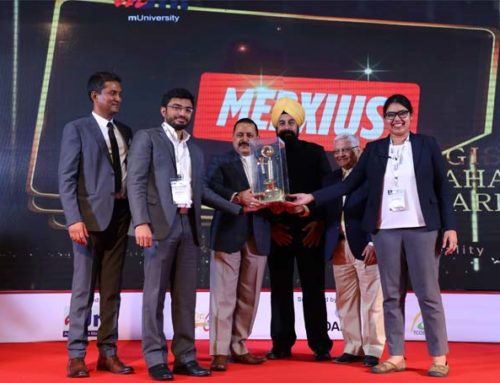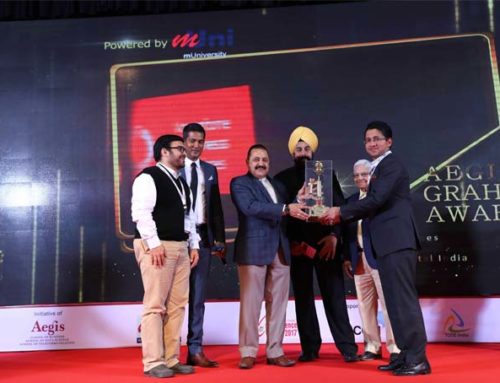WiFi is a technology for wireless local area networking with devices based on the IEEE 802.11 standards. Wi-Fi operates in 2.4GHz and 5GHz unlicensed ISM radio bands. WiFi is originally conceived and designated to bridge between wired Internet POP to wireless clients for SOHO aplications. Since the cost of broadband on wired connection is substantially lower than wireless connections such as 2.4G/3G/WiMAX/4G, WiFi is generally perceived as “Free” broadband. This has created a huge market for end devices, there by reducing cost of wifi chips to few cents. WiFi has now become a defacto interface for any electronic device. WiFi, so far has been “access side” technology and is network or backhaul agnostic. Cellular operators of 3G/4G on the other hand have been striving to capture subscribers offering good QOS features along with voice services, which is possible due to dedicated or licensed spectrum and proven core network, involving various types of authentication systems, gateways, billing etc.
However, they could only capture corporate and high value customers due to imbalance in per GB cost between cellular broadband and WiFi, owing to spectrum costs. This has resulted in a set of operators offering broadband services on wifi and other set of operators offering broadband on cellular connections and competing among themselves. While, this is good for urban use case, rural population is left to themselves owing to huge maintenance costs, non availability of skilled labor for maintenance, power conditiona and most importantly, low ARPU. NOFN is designed to narrow gap between urban and rural population by providing fiber to every village on GPON. However, the major problems of power, availability of man power for maintenance, low APRU in rural areas is still not addressed. This has resulted in sub-optimal use of broadband in rural areas, even with availability of fiber.
Both WiFi and 3G/4G services and equipment were perceived as very different, with separate set of routing, authentication, billing, provisioning methods. There were efforts to offload 3G/4G traffic on WiFi for cellular phones using SIM based authentication. However, this posed limitation on devices not having SIM for authentication, hence WiFi and 3G/4G equipment remained disjointed, being managed by separate operators using separate core networks for billing and provisioning. Since there are two kinds of equipments (WiFi and Cellular), there is a need to have two separate back hauls, power supplies, cables, battery banks, generators etc, which by themselves are more expensive than equipment. Further, there is a need to manage each of equipment by separate set of skilled manpower. C-DOT Long range wifi solution addresses all the requirements of urban, semi-urban and rural population, by efficient integration of WiFi, 4G access technologies; WiFi, Optical and Ethernet backhauls, capable of operating entirely on solar power supply.







